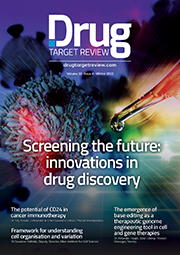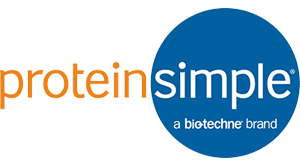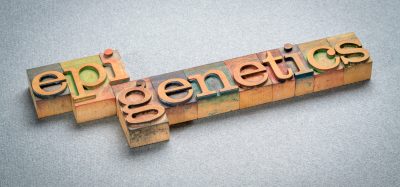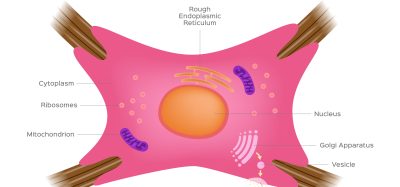App Note: Comparability Study of Manual and Automated Particle Characterization with MFI
Posted: 11 October 2015 | ProteinSimple
In collaboration with Takeda, Micro-Flow Imaging with the Bot1 Autosampler automated manual methods for monitoring biopharmaceutical quality/safety…
Micro-Flow Imaging (MFI) has become a standard application for particle analysis of protein formulations because of its ability to easily detect particle size and morphology for a diverse range of particle contaminants, including translucent protein fragments and silicone micro-droplets.
Recently, the US Pharmacopeial Convention proposed changes to the USP <787> standard, recommending the use of particle morphology detection through technologies such as Micro-Flow Imaging for sub-visible particle characterization.
Higher throughput and standardization are needed to meet the demand for biopharmaceutical testing of sub-visible particle characterization. The MFI 5000 series instruments can be automated with the addition of the Bot1 autosampler which reduces the hands-on time for sample evaluation. Because the automated mode requires a different sample presentation, the method parameters are often modified in order to provide the same results in automated mode as it does in manual mode. Here we outline the process for transferring a manual protocol to an automated format with the Bot1 autosampler and the MFI 5000 series, with regard to sample volume and mixing parameters.
Biomarkers are redefining how precision therapies are discovered, validated and delivered.
This exclusive expert-led report reveals how leading teams are using biomarker science to drive faster insights, cleaner data and more targeted treatments – from discovery to diagnostics.
Inside the report:
- How leading organisations are reshaping strategy with biomarker-led approaches
- Better tools for real-time decision-making – turning complex data into faster insights
- Global standardisation and assay sensitivity – what it takes to scale across networks
Discover how biomarker science is addressing the biggest hurdles in drug discovery, translational research and precision medicine – access your free copy today
To demonstrate the comparability of running the MFI system in manual and automated modes, we ran a model protein system comprised of 1% BSA at multiple sites. Each sample was run at least eight times in both the manual and automated modes at two different laboratories. No statistically relevant differences were observed between manual and automated runs at either facility.
This application note is restricted - login or subscribe free to access


Why subscribe? Join our growing community of thousands of industry professionals and gain access to:
- quarterly issues in print and/or digital format
- case studies, whitepapers, webinars and industry-leading content
- breaking news and features
- our extensive online archive of thousands of articles and years of past issues
- ...And it's all free!
Click here to Subscribe today Login here
Related content from this organisation
Related topics
Assays, Drug Discovery, Drug Targets, Screening, Translational Science
Related organisations
ProteinSimple









